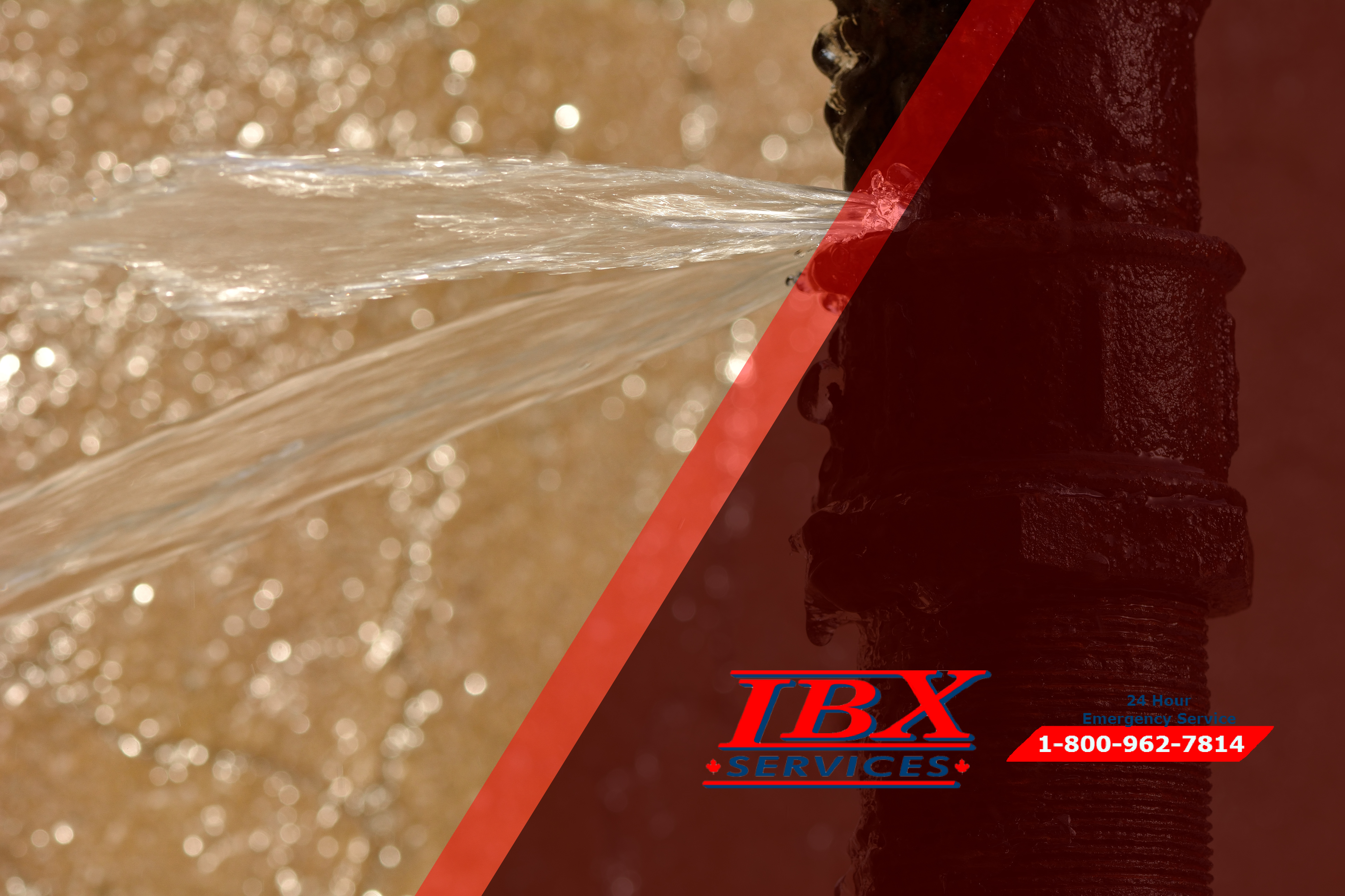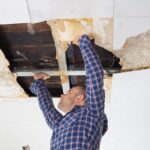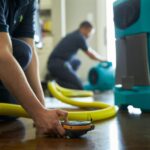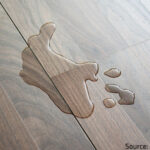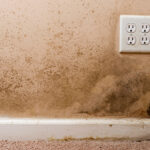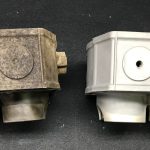Many property losses experienced by business owners involve water damage caused by leaky pipes. Water can be very destructive whether it seeps from a loose fitting or gushes from a ruptured main. Fortunately, many types of water leaks are covered by a commercial property policy.
What’s Covered?
Most commercial property policies cover damage to covered property caused by any peril that isn’t specifically excluded. While property policies contain a broad water exclusion, the exclusion applies mainly to flood and related perils like surface water, waves, mudflow, and the overflow of a body of water. It makes no mention of leaky pipes.
1. Water Damage From Sudden Events
Property damage caused by water leaking from a broken pipe or appliance (such as a water heater) is generally covered under a property policy if the damage occurs suddenly. For example, suppose that a supply line to a water fountain in your office suddenly ruptures. Leaking water damages the floor near the water fountain. Assuming your property policy includes building coverage, it should cover the cost to replace the damaged floor.
Property policies also cover sudden water leaks from fire protective systems. For example, an employee of yours is positioning a ladder in your office to change a light bulb when he accidentally hits a sprinkler head. Water pours out of the damaged head, damaging office furniture. Your property policy should cover the damage to the furniture.
Note that property policies generally don’t cover damage caused by water that backs up from a sewer, drain or sump pump. To ensure such damage, you can purchase sewer backup coverage via a separate endorsement.
2. The Cost to Tear out and Repair Damaged Building
Fortunately, most property policies cover the cost of tearing out and replacing any portion of the building you remove to repair damage to the plumbing system or an appliance (such as a boiler) from which water or another substance has escaped.
In the water fountain scenario described above, suppose that the supply line is located inside a wall. To gain access to the damaged pipe, you must remove a portion of the wall. Your policy should cover the cost to tear out and replace that portion of the wall.
3. Damage to Fire Protective Systems
Property policies generally exclude the cost to repair any defect to an appliance or system through which water or other material flows. However, they do cover the cost to repair or replace damaged parts of a fire protection system if the damage results in a release of water, powder, foam, gas, or some other substance used to suppress fires. Policies also cover the cost of repairing or replacing parts of the system that are damaged by freezing.
For example, suppose that you own a warehouse that is protected by a sprinkler system. A sprinkler head becomes corroded and discharges water in your warehouse. The water causes damage to property stored in your warehouse. Your property policy should cover both the damage to your personal property and the cost to repair or replace the damaged sprinkler head.
What’s Excluded
There are some types of water leaks that are typically excluded by commercial property policies. These include slow leaks and certain leaks caused by freezing.
1. Slow Leaks
A typical property policy excludes damage caused by water that leaks or seeps continuously for 14 days or more. This exclusion applies not only to pipe leaks but also to water in the form of humidity, moisture or vapor. It is intended to eliminate coverage for water damage that results from poor maintenance rather than a sudden accidental event.
For example, suppose that a clogged drain line in an air conditioning unit causes water to collect on the floor of your building. The leak is slow, so no one notices the water for several months. By the time the problem is discovered, the floor under the air conditioner has suffered water damage. Because the leak continued for more than 14 days, your insurer refuses to cover the damage to the floor.
2. Leaks Caused by Freezing
A common cold weather hazard faced by business owners is a frozen water pipe. When a pipe freezes, water may slow to a trickle or not flow at all. The pressure inside the pipe from expanding ice may eventually cause the pipe to burst.
Many property policies contain a “freezing” exclusion similar to that found in the ISO property policy. The exclusion precludes damage caused by water, other liquids, powder or molten material that leaks or flows from plumbing, heating, air conditioning or other equipment caused by freezing. This exclusion contains three exceptions. It does not apply:
- To fire protective systems: For example, you own a commercial building that contains a wet sprinkler system (meaning the pipes are filled with water). A severe cold spell hits your area and several pipes in the ceiling freeze—one of the pipes bursts, causing water damage your office furniture, computers, and other personal property.
- If you do your best to maintain heat in the building: For instance, you own a warehouse that is heated during the winter months. A power outage causes the furnace to shut off, and a plumbing pipe freezes—the pipe bursts, causing water damage to your equipment and inventory.
- If you don’t maintain heat in the building, but you do drain the equipment and shut off the water or other liquid supply: For example, you own an unheated building that you use for storage. Before winter arrived, you drained the water heater and supply lines. Unfortunately, some water remained in the hot water line due to an undetected clog. The pipe froze and then burst. Leaking water caused damage to the property you stored in the warehouse.

